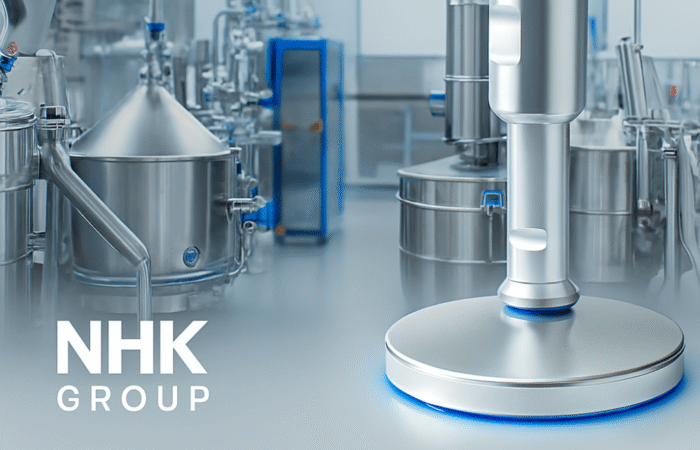
Machine Design for the Cosmetic and Medical Industry
In the ever-evolving cosmetic and medical industries, machine design and construction are pivotal in ensuring efficiency, compliance, and sustainability. With increasing demand for hygienic standards and environmentally friendly practices, businesses must integrate innovative strategies to remain competitive. This article explores the role of strategic planning and future-proof development in creating hygienic and sustainable machinery solutions for these critical industries. Both cosmetic and medical industries face stringent hygiene and safety regulations. Equipment must adhere to standards such as ISO 22716 for cosmetics and ISO 13485 for medical devices, ensuring contamination-free operations. Machines designed with easy-to-clean surfaces, minimal crevices, and certified hygienic components reduce the risk of contamination and meet compliance effortlessly. Modern consumers prioritize ethical and sustainable brands. Equipment that incorporates sustainable materials, minimizes waste, and supports efficient energy use aligns with these values, fostering brand loyalty and market differentiation. Strategic planning in machine construction begins with a holistic approach, considering not only functionality but also long-term industry needs. This includes: Selecting appropriate materials is critical in these industries. For hygienic solutions, stainless steel is the preferred choice due to its corrosion resistance and ease of cleaning. Sustainable alternatives such as recycled metals or bioplastics are increasingly integrated to reduce environmental impact. Machines for the medical industry often operate in ISO-classified cleanrooms. The inclusion of hygienic components ensures adherence to cleanroom standards, reducing the risk of contamination during medical device manufacturing or cosmetic formulation. Modern machinery incorporates smart technology to optimize energy use. Examples include: By integrating precision dispensing systems, cosmetic production lines minimize material wastage. Similarly, medical manufacturers benefit from machines that ensure exact measurements, reducing overproduction. Strategic planning for machinery includes the entire lifecycle, from design and construction to decommissioning. Using recyclable materials and modular designs ensures minimal environmental impact when machines reach the end of their service life. The fourth industrial revolution has transformed manufacturing with smart factories. Key technologies include: Future-proof machines in the cosmetic and medical industries are designed for flexibility, allowing them to adapt to new formulations, packaging requirements, and regulatory changes. For instance: In the cosmetics sector, machines produce creams, lotions, and serums that must meet both aesthetic and hygienic standards. Hygienic mixers and filling lines with certified components ensure contamination-free production while sustainable practices resonate with eco-conscious consumers. Medical equipment manufacturers face even stricter demands. Machines producing medical devices or packaging pharmaceuticals must ensure absolute precision and sterility. Hygienic solutions like stainless steel conveyor systems and IP67-rated components are indispensable. By focusing on strategic planning and future-proofing, businesses gain: Strategic planning and future-proof development are essential for machine design and construction in the cosmetic and medical industries. By embracing hygienic and sustainable solutions, businesses not only meet current challenges but also prepare for a rapidly evolving future. Investing in advanced materials, flexible designs, and Industry 4.0 technologies ensures compliance, efficiency, and a lasting competitive edge. To thrive in this dynamic landscape, companies must prioritize innovation and sustainability at every step of the machine design process—transforming challenges into opportunities and establishing themselves as leaders in their industries.Strategic Planning and Future-Proof Development in Machine Design for the Cosmetic and Medical Industry: Harnessing Hygienic and Sustainable Solutions
The Importance of Hygienic and Sustainable Solutions
Rising Regulatory Demands
Consumer Expectations
Strategic Planning in Machine Design
Holistic Approach to Design
Material Selection
Emphasizing Hygiene in the Cosmetic and Medical Industries
Key Hygienic Machine Components
Compliance with Cleanroom Standards
Sustainable Machine Solutions for Future-Proofing
Energy Efficiency
Waste Reduction
Lifecycle Sustainability
Future-Proof Development
Integration of Industry 4.0
Emphasizing Flexibility
Industry-Specific Applications
Cosmetic Industry
Medical Industry
Benefits of Strategic Planning and Hygienic Design
Certified EHEDG standard components | NHK Machinery Parts


Contact













